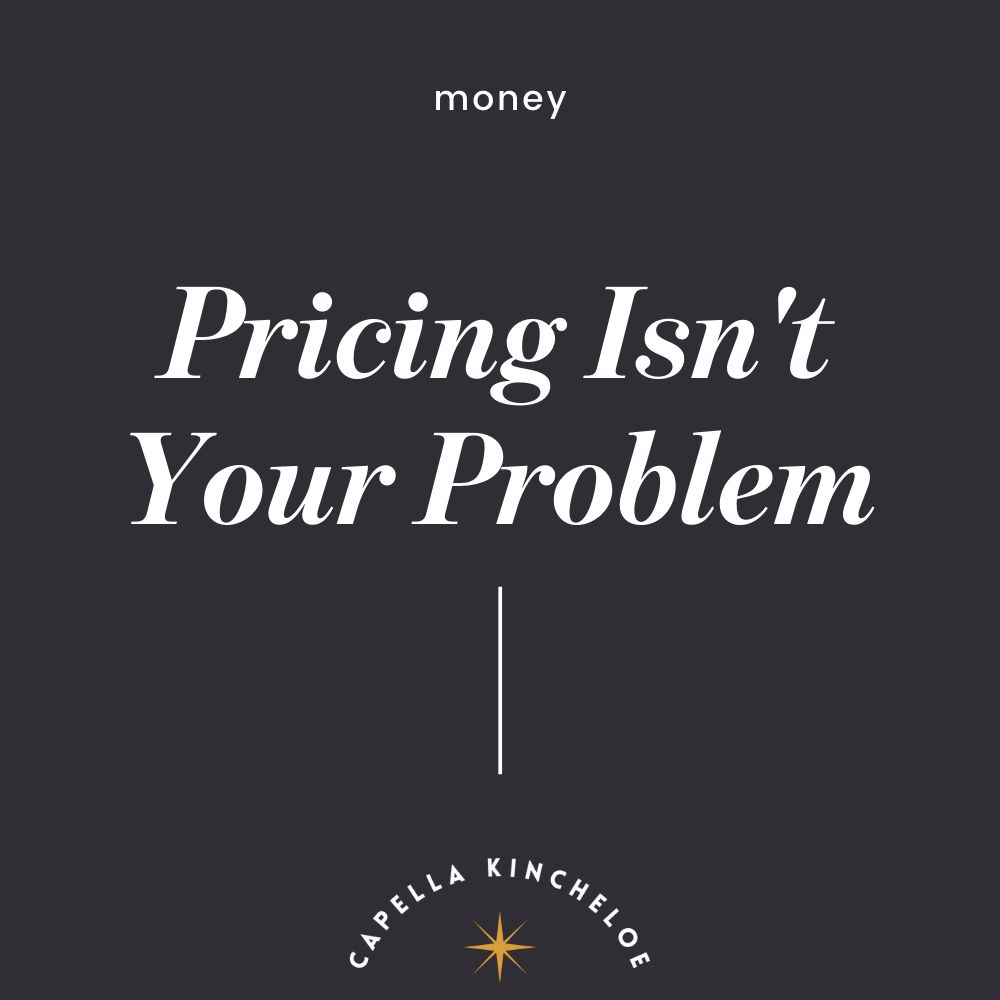The Difference Between Markup & Margin
Today, I’m going to touch on some accounting principals, markup and margin. These are two terms that you may have to think about when you’re calculating profit and pricing in your business. These are numbers that you should be familiar with and how they play into your business because they can help with your profitability.
Markup and margin are not the same, even if occasionally you may hear them used in the same way.
Here is an example of markup:
Sofa purchase cost: $5000
Markup: 25% = $1250
Total cost= $6250
Markup is profit to cost percentage. The ratio of profit ($1250) to purchase cost ($5000) is 25%. Markup is calculated by Cost x Markup Percentage = Markup. The markup is telling you that you’re selling the sofa for 25% more than your paid for it.
Here is an example of margin:
Sofa purchase cost: $5000
Markup 25% = $1250
Total cost = $6250
Margin = 20%
Margin is a ratio of profit ($1250) to the sales price ($6250). Margin is calculated by subtracting the purchase cost from the sales price and then dividing that into the sales price for a percentage.
$6250 (sales price) - $5000 (purchase cost) = $1250 (profit)
$1250 (profit) ÷ $6250 (sales price) = 20%
The margin is telling you that you’re making 20% revenue after paying for the sofa. This number is good to look at the overall financial stability of your business. In this case, the designer is keeping 20% of the revenue and the remaining 80% goes back to buying that sofa. Essentially, 20% of each dollar the business is keeping.
So that example was one of a single product, a single transaction. You can also extend these calculations to look at the overall profit margin for your whole business. Instead of doing the math for a single item, you can use the same formula on a larger scale. Calculate what your total revenue is (for a year or month, for example) and then subtract your Cost of Goods Sold (COGS). Your COGS are what you are paying out for items you’re purchasing. Both of these numbers should be readily available in your accounting reports.
(You might also be interested in Finding a Great Accountant and the Interior Design Programs I use.)
Total Revenue - Cost of Goods Sold = Profit
Profit ÷ Total Revenue = Profit Margin
Calculating profit margin can be very helpful if your markup percentage varies for different items or if you charge a retail model. Learn more about pricing models A Detailed Look at Pricing Interior Design Services. The higher the percentage the better your profit margin.














